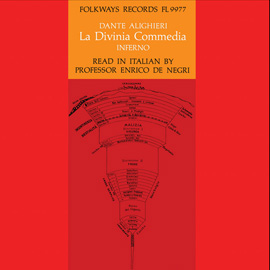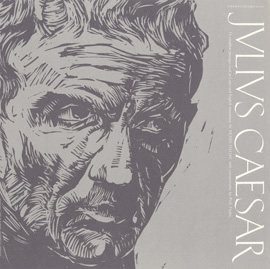Summary
This unit is a survey of regional differences in Italian folk music. Students will contrast styles of southern and northern Italy through attentive listening, moving, instrument playing and singing.
Suggested Grade Levels: 3-5, 6-8
Country: Italy
Region: Europe
Culture Group: Italian
Genre: World
Instruments: Drums, rhythm sticks, xylophones, voice
Language: Italian
Co-Curricular Areas: Social Studies
National Standards: 1, 2, 3, 5, 6, 9
Prerequisites: None
Objectives:
- Listening for specific elements of music
- Understanding the geographical and historical context of Italian folk music
- Playing instruments with a group
- Identifying different types of rhythm
- Singing a traditional song with a group
Material:
- “La Bella Caterina” and “Ballinello”, FW04265
- “Piedmont: A la santé de Noé” and “Lombardy: L’é ‘rivato un bastimento”, FW04261_106
- “Tarantella D'Altri Tempi,” “La Mazurca di Vicenzina,” “Quadriglia in Otto,” and “Conca D’Oro”, MON71345
- Dove Te Vett, O Mariettina, FW34041_101
Lesson Segment :
- North Versus South (National Standards 6, 9)
- Comparing Rhythms (National Standards 3, 6, 9)
- Playing Tarentella (National Standards 2, 5, 6)
- Singing Dove Te Vett (National Standards 1, 6)
1. North Versus South
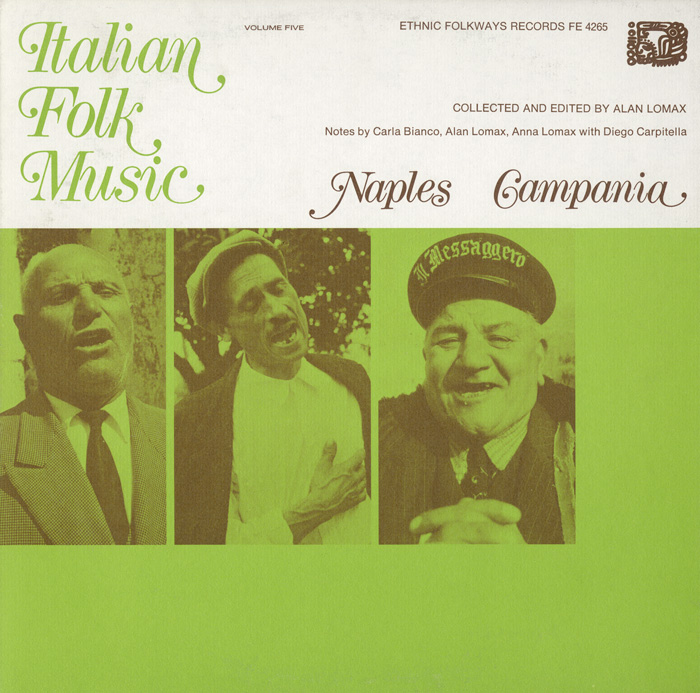
“La Bella Caterina”
from Italian Folk Music, Vol.5: Naples and Campania (1972) | FW04265
“Ballinello (Tarantella)”
- Tell students that they will be learning about Italian music. Ask for a volunteer to locate Italy on a world map and ask what region of the world Italy is located in. Access students’ prior knowledge by posing the question: What do you know about Italian music? Have students share.
- Explain that you will be playing some selections of Italian music. Play La Bella Caterina and ask students to listen with the following questions in mind:
- What instruments do you hear?
- What is the age/gender of the people involved?
- What is the mood of the song?
Discuss students’ findings. Explain that the song is from Naples in the south of Italy. Next have students listen to another song from southern Italy: Balinello. Have them listen with the same questions in mind. Discuss briefly.
- Now travel to north part of Italy and play selections from the Piedmont and Lombardy regions: A La Sante de Noe and L’é ‘rivato un Bastimento. Have students consider the questions above for each.
Extension:
See if students can make any comparisons between the southern and northern selections. The single melody line and solo singing in La Bella Caterina is more typical of the southern style and reflects the African, Greek and Arabic influences there. In contrast the group singing and harmonizing in A La Sante Noe reflects the Celtic and Slavic influences there. Those selections may need to be repeated to highlight this contrast.
Assessment:
Students will gain exposure to regional elements of Italian folk music. They will identify instruments in the recordings and be able to recognize the difference between group singing and solo singing
2. Comparing Rhythms
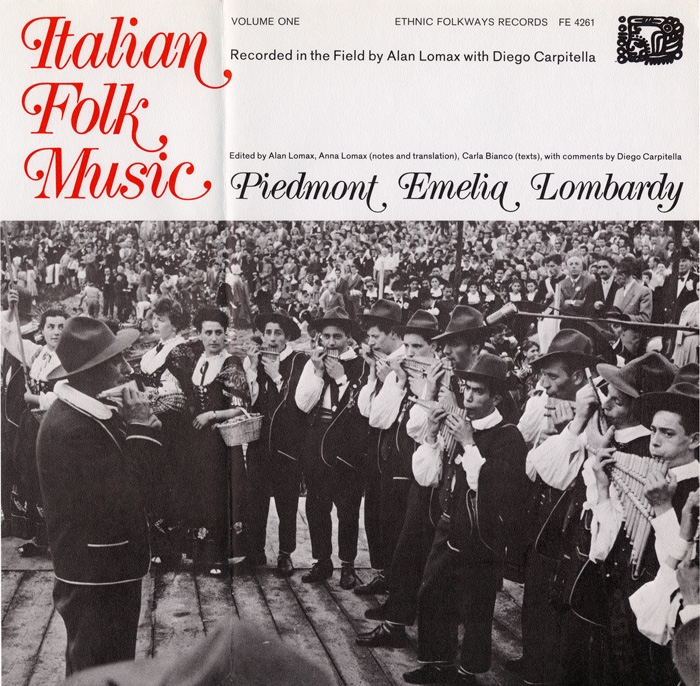
“Piedmont: A la santé de Noé”
from Italian Folk Music, Vol.1: Piedmont, Emelia, Lombardy (1972)| FW04261
“Lombardy: L'é 'rivato un bastimento”
- Ask students to stand up and step to the main beat they hear in Tarantella D'Altri Tempi. Play it again and have students count in their head while they step. Ask for a volunteer to share how they counted (most likely they will count in 4s, unless they count very fast in 6s) Explain that this style of music is called a Tarantella and was originally developed as a remedy to tarantula bites. The victim of a bite from a Lycosa Tarantula was supposed to dance with this music to the point of exhaustion, in hopes of being cured. This is not in practice any more, but the music has become quite popular.
- Now play La Mazurca di Vicenzina and ask students to step to the beat. Again have them count in their heads and ask for a volunteer to share their count. How is it different from the first selection? Mazurka is a Polish-derived style in triple meter so students should be counting in threes.
- Have students repeat the same process for Quadriglia in Otto. Now ask them to compare the three different rhythms. The waltz feel of the Mazurka will likely stand out for students, but they may have difficulty distinguishing between the other two. Play the Tarantella and the Quadriglia back to back and ask students to listen closely to any differences in the rhythm. If necessary guide them to hear the ‘long-short-long-short’ feel of the Tarantella versus the straight eighth notes of the Quadriglia.
- Now test the students by playing the three selections in random order. They should step to each piece and call out what they think it is.
- Introduce yourself as a DJ at a party and tell them to improvise dance moves to the different rhythms you play. Continue to play the above three selections in random order.
Assessment:
Students will distinguish between three rhythms and improvise movements that fit with the rhythms.
3. Playing Tarantella
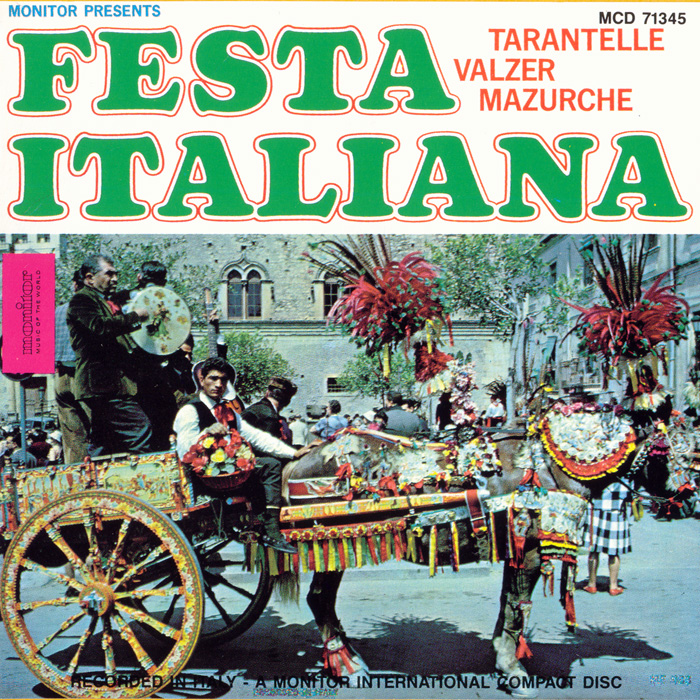
“Tarantella D'Altri Tempi (Tarantella of Times Past)”
from Festa Italiana: Songs and Dances | MON71345
“La Mazurca di Vicenzina”
“Quadriglia in Otto”
“Conca D'Oro (Valley of Gold)”
- Play Conca D'Oro and ask students to identify what instruments they hear. Discuss. Accordion, piano, and a plucked stringed instrument (most likely a chitarra battente)
- Listen again and ask students to pat the main beat on their laps.
- Now listen to the first 25 seconds again and ask students to listen for the form. Pose the question: How many different sections do you hear? Which ones repeat? (Intro, descending melody line, I and IV chord alternation. The second two repeat.) Ask students to describe the repeating patterns they hear.
- Play this same section again and ask students to walk in rhythm with the first section (with the descending melody line) and clap along with the second section (with the I and IV chord alternation). Repeat this as many times as necessary. [Note: it would be helpful to set up a loop play of this section if possible]
- Now introduce students to the off beats. Have them walk the beat slowly and try to clap the off beats. Once they are comfortable try it along with the recording. Next have half the students play the down beats on drums while the rest play the off beats on rhythm sticks.
- Transfer these rhythms to Orff instruments (2 alto xylophones, and bass bars: A and E). The bass bars play the down beat while the xylophones play the off beats. If appropriate, provide students with the transcription (next page). Adjust the tempo according to the level of the group. The bass bars could be replaced with bass xylophones.
- Once students can play the first section comfortably, add the D bass bar and try the I and IV chord alternation. Repeat this section until they are comfortable.
- Next try to put these two together and alternate between the sections (the teacher can play or sing the melody line).
Assessment:
Students will identify instruments in a recording, recognize elements of the form, distinguish between down beats and off beats, and play the opening section on instruments.

4. Dove Te Vett
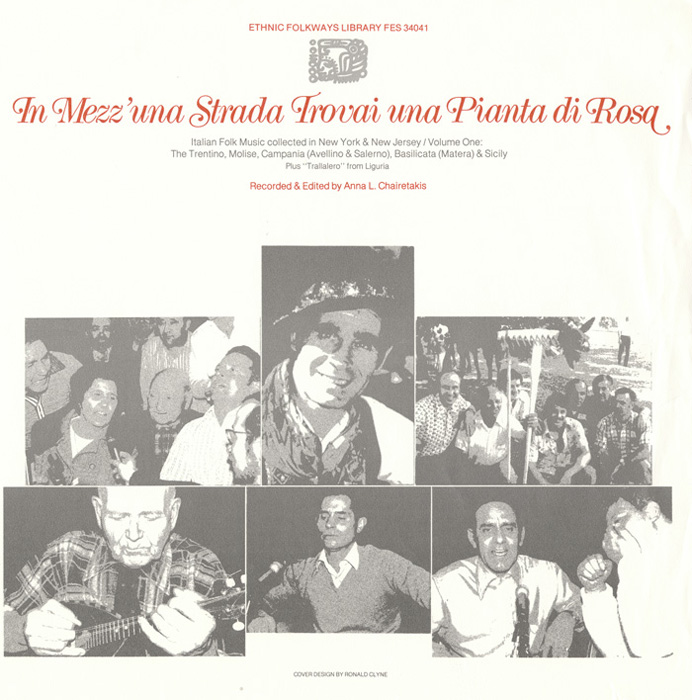
“Dove Te Vett, O Mariettina? - 4-Part Harmony”
from In Mezz'una Strada Trovai una Pianta di Rosa: Italian Folk Music Collected in New York and New Jersey, Vol. 1 (1979)| FW34041
- Play Dove Te Vett, O Mariettina and ask students to try and picture where it comes from. If they already completed lesson 1 from this unit, ask them to assess whether this song is from southern or northern Italy. Surprise them by explaining that it is from Brooklyn. It is however sung by Italian immigrants from the region called Tyrol in the north part of Italy, and it is typical of the vocal music of that region.
- Play the selection again and have them listen for how many voices there are, who the voices belong to, and whether they use the same notes or different notes. Discuss. The song is in four-part harmony and is sung by males.
- Students should listen again to the first twenty seconds and try to hum along with what they hear as the main melody. Repeat until there is some level of consensus.
- Show the students the following lyrics and use a call and response pattern to repeat phrases line by line:
Dove te vett, o Mariettina
Dove te vett, o Mariettina
Dove te vett, o Mariettina
Insci bon ora in mezz’al pra?
[Translation: Where are you going Mariettina through the meadow so early]
- Have students sing along with the recording. Repeat until they are confident enough to sing without the recording.
Extension:
Discuss with students what harmony parts they are hearing and divide up the group to try the different parts. Try it first with the recording and eventually without.
Assessment:
Students will identify different voices and harmony from the recording and sing the first four lines with the group.







